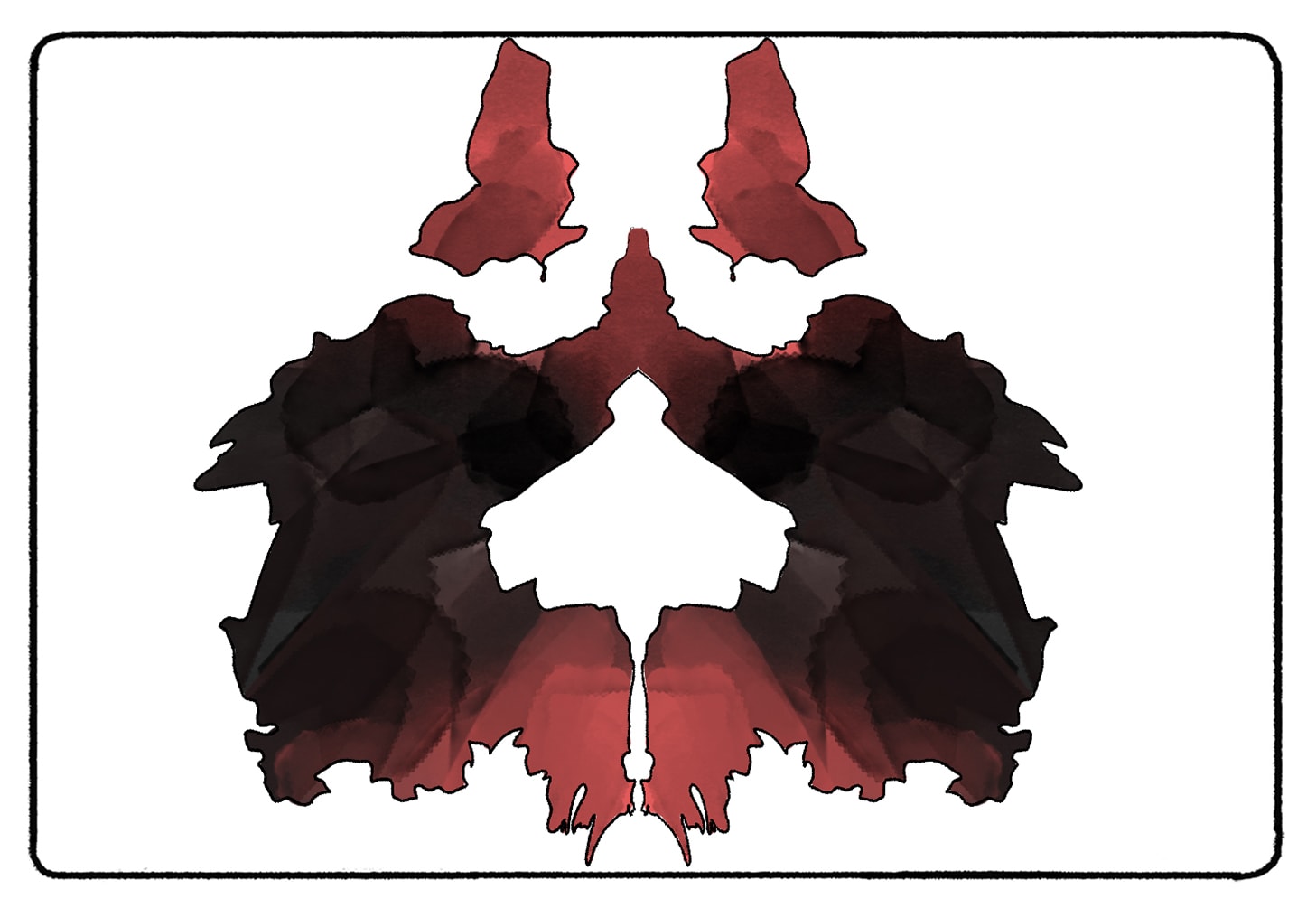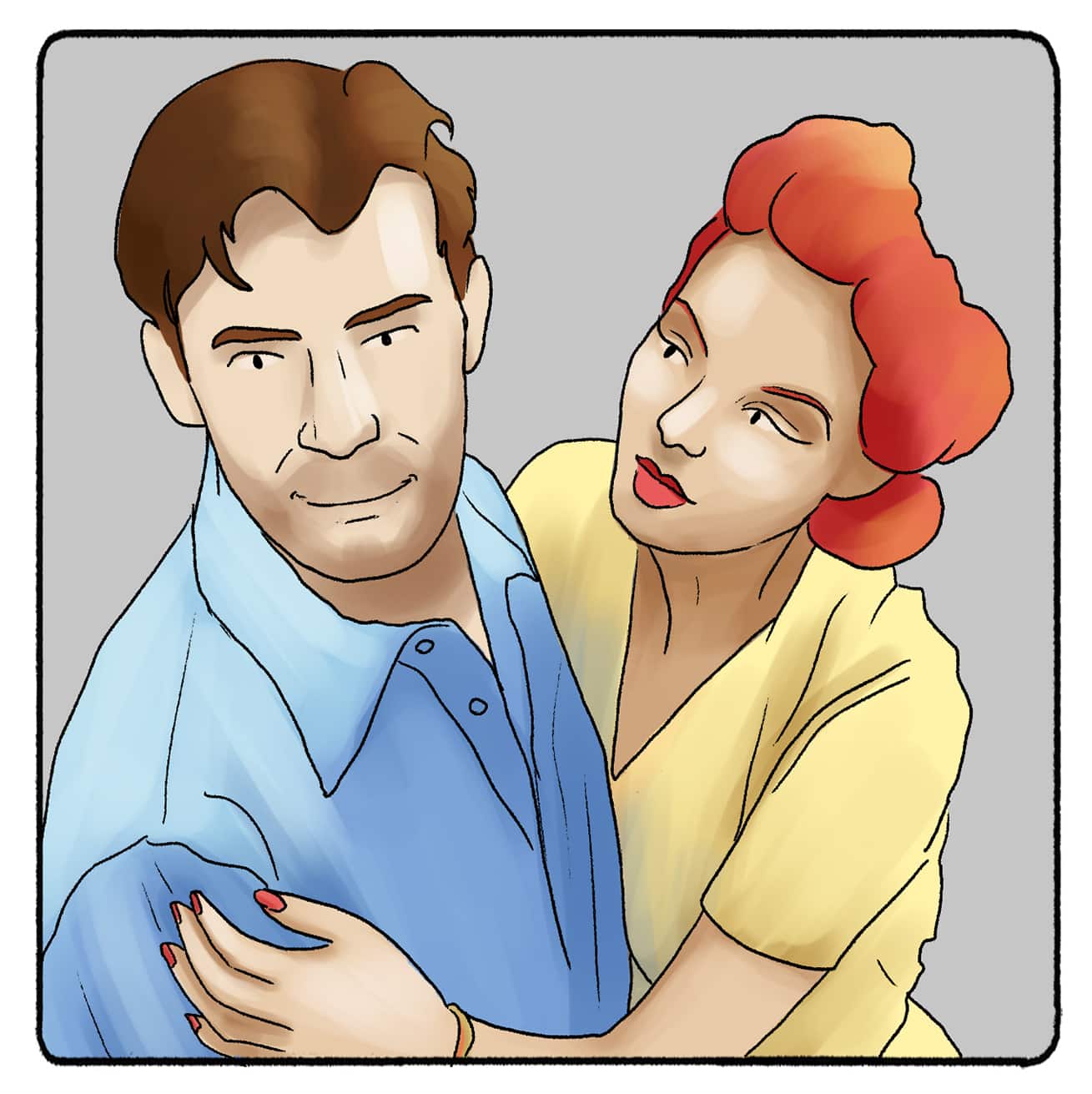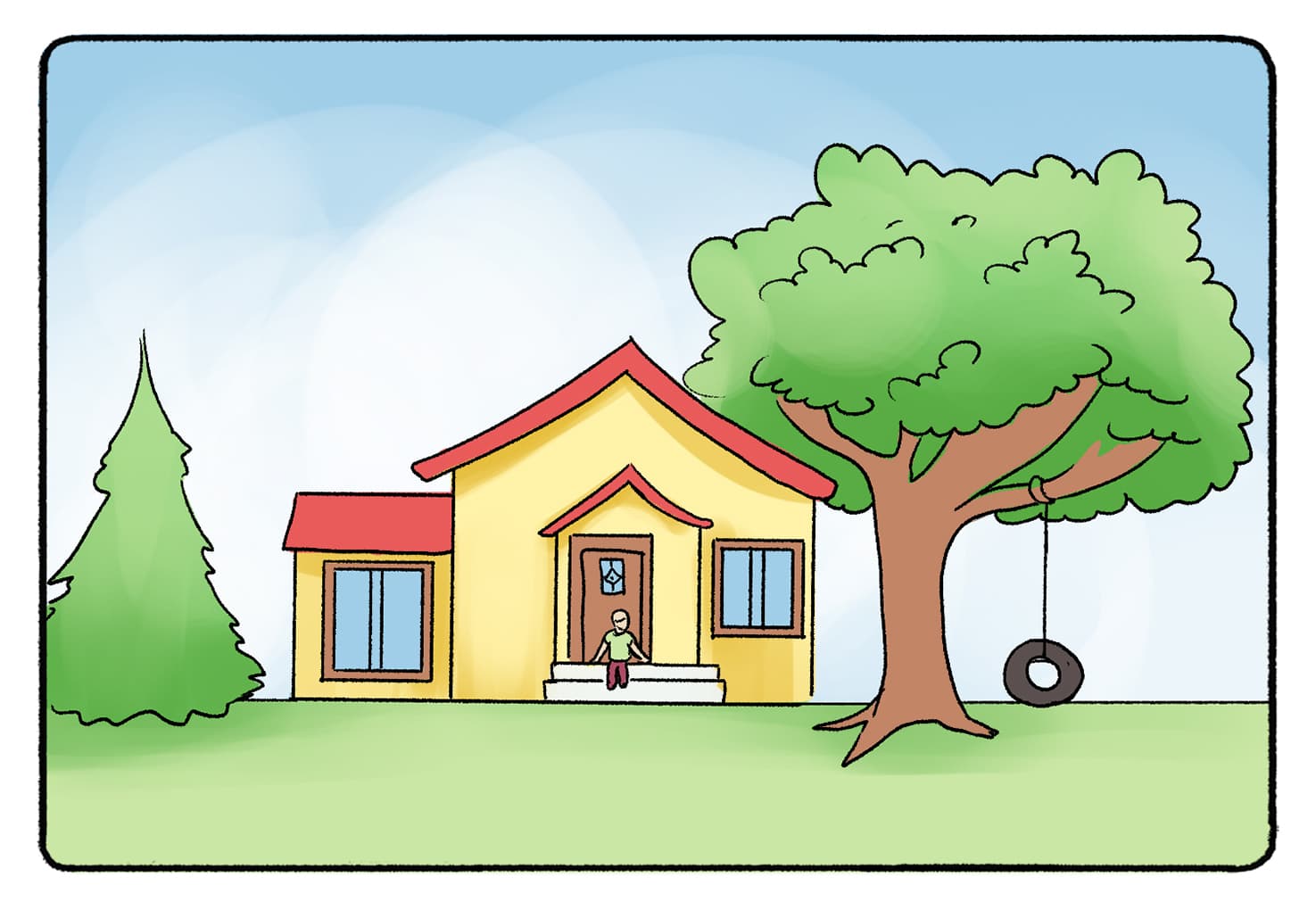Not all personality tests involve answering statements with “strongly disagree” or “strongly agree.” Some personality tests don’t even use words to reveal your thoughts. In this video, I will discuss two of the most well-known projective tests: the Rorschach test and the TAT (the Thematic Apperception Test.) These are more abstract tests still used today to dig deeper into our personalities and reveal more serious conditions.
What Are Projective Tests?
Projective tests are personality tests that aim to look at what is happening beyond the conscious mind. Tests that ask us to evaluate ourselves require a lot of conscious thought, and these thoughts may be biased by how we want to perceive ourselves or what we might be ashamed to admit.
The answers to projective tests often seem silly or unrelated, but only because they reveal a deeper, unconscious thought process that you are unaware of. If you complete a projective test yourself, you may not be able to directly pin the results to your personality or symptoms of a mental disorder; that is a therapist’s job.
While projective tests face criticism, they are still widely used by psychologists and experts, even in the criminal justice field. Let’s examine the two most well-known projective tests and what they can reveal about your personality.
Let’s start with the Rorschach Test.
The Rorschach Test

What do you see in this inkblot?
The Rorschach Test has been around since the 1920s. It’s named after its creator, a Swiss psychiatrist named Hermann Rorschach. He created the test to diagnose people with schizophrenia. The test didn’t gain the widespread popularity it has until the 1960s, when the movement toward uncovering the unconscious took off.
At first, these ink blots were completely random. The therapist had ten cards, showed each card to a patient, and then asked for their response to the card. What did the patient see? How long did it take the patient to share their interpretation of the card? If the patient saw a dog, an explosion, or a friend in the inkblots, the therapist must decipher what those interpretations meant.
Are Rorschach Tests Still Used?
The inkblots professionals use today were created more intentionally than Rorschach’s original ten. In 1961, a psychologist named Wayne H. Holtzman and his colleagues created a second set of inkblot tests. These contain 45 cards and offer therapists 22 elements to consider when scoring the test. These elements include the time it took to respond, the amount of sexual content in the patient’s answer, and any amount of bizarre thinking behind the response.
You are unlikely to see inkblot tests used in most psychology practices. If you are seeking out Rorschach tests, set up a consultation with local mental health professionals. Ask them directly if they use this method or if they can refer you to someone who does!
Who Can Administer Rorschach Tests?
Patients who do not have a license to administer Rorschach tests may have a hard time deciphering the answers to the test. Still, a local professional may be able to help you through an inkblot test and tell you what your answers say about your personality.
How to Pronounce Rorschach Test
“Rorschach” is a German word. English speakers may pronounce it like “Roar-shah” with a slight “k” sound at the end.
Thematic Apperception Test
The thematic apperception test is the second type of projective test that is still used today. This test is almost as old as the Rorschach test; it was developed in 1930 by psychologist Henry A. Murray and psychoanalyst Christiana D. Morgan at Harvard University. The test was developed as one of the psychologists was studying Moby Dick. In the novel, two characters look at the image of a doubloon and see two different things. The author uses the interpretations to reveal information about each character.
The Thematic Apperception Test works in a similar way. Therapists pick a selection of black-and-white cards with ambiguous scenes on them. They show one card to the patient and ask them to create a story around it. Patients must create a backstory, talk about the feelings of each character in the story, and come up with a resolution. This can reveal quite a bit about what the patient is thinking.

After the test was created, professionals used the TAT to help veterans and other patients recover after traumatic events. A few decades later, business leaders and personal development experts started to use the TAT to evaluate a person’s career aptitude and potential skills for the workplace.
Projective Tests vs Other Personality Tests
Unlike the Myers-Briggs assessment or other types of personality tests, projective tests can be hard to complete online. It would be hard to type an entire story online and automatically get back an accurate response about your personality or potential mental disorders. No algorithm connects every potential response to an interpretation.
Rorschach tests may illicit common responses, but TAT tests have infinite answers. When Murray created the TAT, he used a scoring system to look at every specific sentence in the patient’s story. He had a list of 48 elements that he would identify and score based on their role in the story. Since he created this scoring method, seven other methods have been created for the TAT.
I’m trying to say that there is no magic deck of Rorschach or TAT cards that you and your friends can use to assess each other’s personalities...at least, not accurately. If you want to take projective tests, contact a therapist in your area for an appointment. This is the best way to guarantee that you get accurate results from a certified professional who can explain why your answers reveal certain elements of your personality.
What do the Rorschach inkblot and thematic apperception tests have in common?
Both of these personality tests are different for everyone. Every person who takes these subjective tests should have different answers, they all depend on the patient's experiences, opinions, and life events.
What is the difference between the inkblot test and the TAT test?
The main difference is that the inkblot test requires the participant to explain what they see from a series of images, while the TAT test requires an entire story from a few images.
Also, suppose you're trying to compare and contrast the Rorschach and Thematic Apperception tests. In that case, you should know that the Rorschach test usually has ambiguous nonsense images, while the Thematic Apperception Test has pictures containing detailed scenes or characters.
Other Types of Projective Tests vs. Inkblot Rorschach Tests
The Rorschach and TAT are the only projective tests that therapists and people can use to assess personalities. Other examples of projective tests include:
House-Tree-Person test
The concept of the house-tree-person test is simple. Ask a patient to draw a house, a tree, and a person. Once the task is done, however, things get more complicated. The idea of the house-tree-person test is to evaluate a person's cognitive, social, and emotional functioning based on the ideas they project onto their house, person, and tree. This test has gone through many evolutions since it was first introduced to psychology in 1926.

Free association and word association
Asking "What is your relationship like with your mother?" may yield different responses than simply saying "mother." Sigmund Freud believed that certain questions and structures may censor a person's true thoughts. He wrote frequently on the benefits of word association and free association.
Word association is what you see in movies: the professional says a word, and the patient says the first word that comes to mind. Free association is a method in which the patient is encouraged to speak freely. They can just follow their stream of consciousness and see where it takes them.
Freud initially wrote about these ideas as an alternative to hypnosis. Through free association, the patient may still access their unconscious. Free association aims to unlock any memories or feelings that might be holding the patient back. Many of Freud's theories centered around the idea that we may repress memories or behave in part due to our unconscious minds.
Try it right now. Say the following words out loud, one at a time, followed by the first word that comes to your mind. Does the word association bring up any interesting insights?
- Parent
- Career
- Future
- Past
- Me
You can also use this website to play around with word association!
Dream analysis
Sigmund Freud believed he could access a patient's unconscious through dream analysis and interpretation. All those dreams that you have had about your teeth falling out or being nude in your high school classroom? Freud thinks they are key pieces of information. A lot of his interpretations relied on symbols. Do you see the number 3 in your dream? That symbolizes the male genitalia. What about an umbrella? Also male genitalia. To be honest, most symbols in his dreams pointed in a phallic direction. Strange? Many people think so, too.
Modern psychologists don't believe that dream interpretation reveals everything that Freud said it revealed. Other factors, including your diet and sleep position, may influence your dreams' content. Still, dream analysis has become a part of pop culture. People like to interpret their dreams, and maybe they could shed some light on the stress that you're feeling or worries you may be experiencing!
Filling in incomplete sentences
Julian Rotter and Janet E. Rafferty developed the Rotter Incomplete Sentence Blank test in 1950 to gain insight into a person's personality. Subjects must complete 40 sentences in 20 minutes. This timed test element produces a similar result to quick word association. The subject must record the first thing that comes to mind without censoring themselves.
Subjects cannot get a "score" on their test but may certainly learn something new about themselves.
Ready, Set, Take Some Projective Tests!
Taking projective tests can be more fun and exciting than taking a standard personality test where you can only agree or disagree with certain statements. Projective tests open doors you might have been unaware of before. Different tests may also yield different answers. Most of these tests are not widely used in psychology today, so just have fun with your results. If you have serious concerns about your mental health, reach out to a professional.
Whether you take an inkblot Rorschach test or try something new, have fun!
